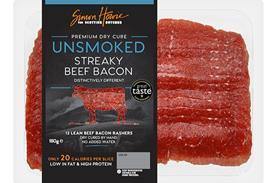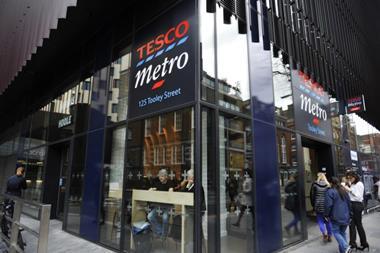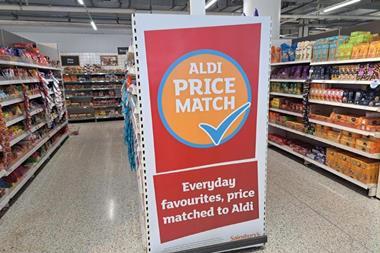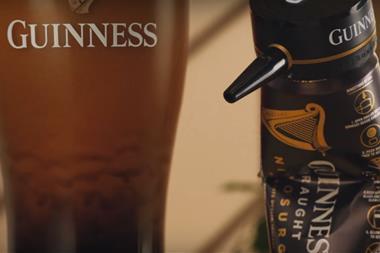Tesco CEO Philip Clarke looks set for another uncomfortable week.
The company will update the market on its quarterly trading on Wednesday, with most observers expecting a significant drop in first quarter like-for-like sales of around 4%.
Analysts at Shore Capital certainly expect to find little to cheer about on Wednesday, writing that they “struggle to recall such weak sales in recent times” and “have never been so gloomy on Tesco UK’s prospects in over 20 years.”
There is little doubt that Clarke is coming under pressure to deliver results and such a drop in UK like-for-likes is not going to help.
There were suggestions yesterday that investors are getting a little twitchy – Tesco shares are trading down another 1.6% from Friday’s closing price (having already fallen 18.3% year-on-year) and the company is understood to be looking at its board structure and processes to mollify investor concern.
But the idea that Tesco is now locked in a corporate death spiral just doesn’t seem to hold water. Underneath the headline figures, Tesco is still a fundamentally strong business fighting to maintain market share in a viciously competitive sector.
In the plus column, Tesco has made a good deal more progress than most of its contemporaries in its online business. The supermarket currently owns over half of online grocery market share (against a general market share of 28.6%) and is experiencing double-digital growth in this channel.
Tesco also boasts what is probably the highest quality store estate in the business and is still going through its modernisation process which is generating a sales lift of 3%-5% in those upgraded stores. While the process is over a year old, the process is far from complete.
Additionally, it is probably a little early to draw concrete conclusions about the impact of its £200m investment in pricing announced in February. However, Wednesday’s statement might lend weight to the suggestion that the £200m did not go far enough.
The argument questioning Tesco’s confused customer proposition is not new – that it has found itself in the squeezed middle of the pack, undercut by discounters, while not matching the quality premium offered by Waitrose.
Though it is a perilous balancing act, it does appear that Tesco might have more wiggle room than most to invest in price. While headlines surrounding its annual results talked of a profits drop, it’s important to remember that Tesco still made a £3.3bn profit last year at a margin that touches 5% and comfortably outstrips its rivals.
Little of this helps address one of the chief concern’s for Clarke and the company, which is that there still seems a widely held view that Tesco’s strategy itself is either not working or that there is no clearly defined strategy in the first place. The sales figures are not great, but the narrative is far worse.
Anecdotally, suppliers remain fairly upbeat about the management team’s ability to deliver and its efforts to modernise the business, but the media coverage remains hugely negative.
One of the key imponderables facing Clarke is how to arrest this narrative and soon. Clearly the underlying performance of businesses turns around a great deal slower than he needs media and investor sentiment to. So in this sense the market shouldn’t be too surprised if Wednesday’s trading update contains more news than simply the sales figures – the company is obviously looking for a new finance director and it would be convenient if the position was filled in time for Wednesday morning’s news bulletins.



















1 Readers' comment